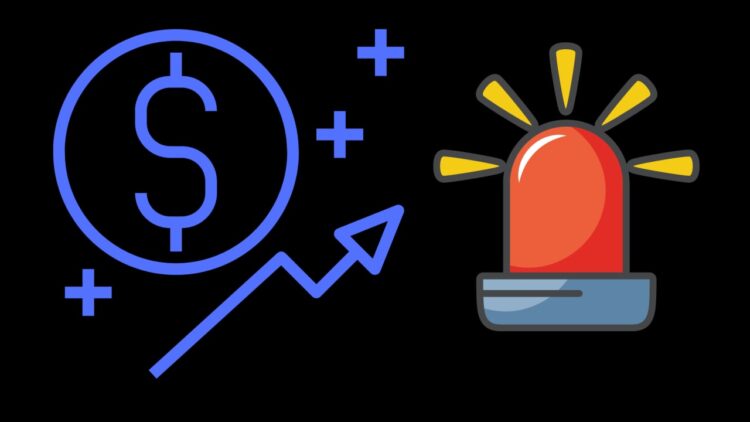Earlier this week, Korean media company JTBC interviewed Mr. B, a seasoned blockchain developer. He largely contributed to building the Anchor protocol. In the interview, Mr. B revealed that he warned Do Kwon about the 20% annual yield the protocol offered for staking the stablecoin.
The Anchor protocol was built as a blockchain bank that offered an interest or APY for staking UST tokens. The critical selling point of the protocol was its extremely high annual yield.
Mr. B mentioned that during the development of Anchor, an interest rate of 3.6% annually was agreed on. However, about a week before launch, Do Kwon reviewed the interest rate to a whopping 20% per annum.
Twenty Percent Per Annum is Unsustainable
Mr. B stated that just before the launch, he advised Terra’s founder to reduce the interest rate for investors. No other blockchain protocol offered a 20% APY then, and Mr. B was convinced it was unsustainable.
Do Kwon believed the extremely high APY would attract many investors and drive short-term growth for Terra’s protocol. Although the Korean founder still had plans to reduce the interest rate after some years, the project did not live long enough to experience that.
Indeed, the high-interest rate initially attracted investors, and LUNC and USTC boomed. However, the protocol met its doom in May, following a massive sell-off. Terra’s USTC lost its peg, and LUNC, the native token of the Terra protocol, crumbled too. LUNC dumped from $86 to less than a dollar within a few days. USTC also strayed far from the $1 mark and now trades at $0.01.
Terra protocol launched a new chain with a new token for the ecosystem. The Terra 2.0 native token is now live as LUNA, while the crashed token is represented as Luna Classic (LUNC). While the relaunch was successful, LUNC and USTC investors are yet to recover from their losses.










